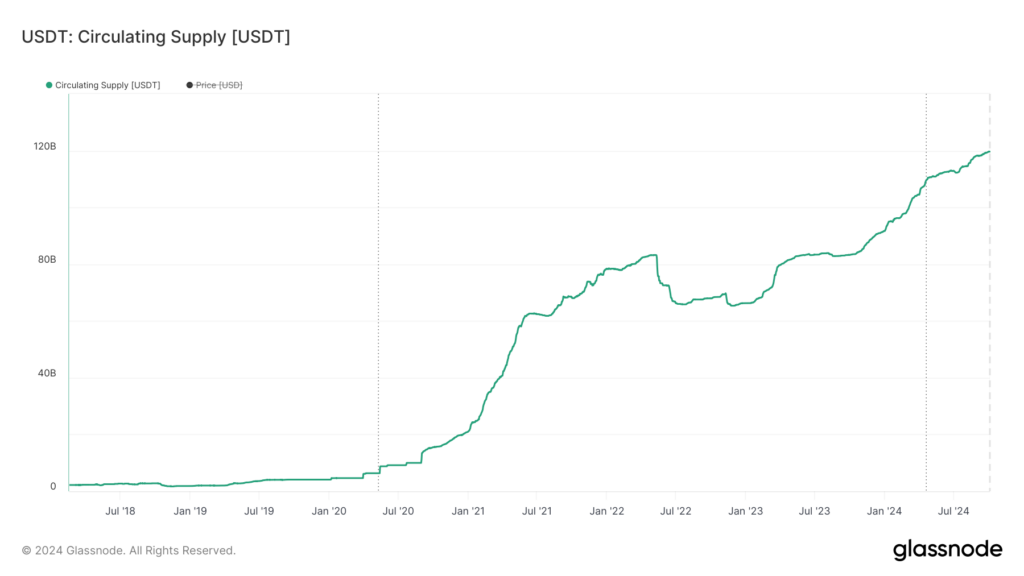
Bitcoin, the world’s first and most well-known cryptocurrency, has experienced a meteoric rise since its inception in 2009. Its decentralized nature, limited supply, and potential as a hedge against inflation have captured the attention of investors and policymakers alike. As Bitcoin’s influence grows, so does its intricate relationship with traditional financial systems, particularly the US market, M2 money supply, and USDT printing.
Bitcoin and the US Market
The US market has played a significant role in Bitcoin’s adoption and price appreciation. The launch of Bitcoin futures contracts on the Chicago Mercantile Exchange (CME) and the Chicago Board Options Exchange (CBOE) in 2017 marked a pivotal moment, bringing Bitcoin closer to mainstream financial instruments. These futures contracts provided institutional investors with a regulated way to gain exposure to Bitcoin without directly owning the cryptocurrency.
More recently, the approval of Bitcoin exchange-traded funds (ETFs) in the US has further legitimized Bitcoin and made it more accessible to a wider range of investors. These ETFs allow investors to buy Bitcoin shares through traditional brokerage accounts, reducing barriers to entry and potentially increasing demand for Bitcoin.
Bitcoin and M2 Money Supply
The relationship between Bitcoin and the M2 money supply, a measure of the total amount of money in circulation, is complex and subject to ongoing debate. Some argue that Bitcoin’s limited supply and its potential as a store of value make it an attractive alternative to traditional fiat currencies, particularly in times of high inflation. As central banks around the world engage in quantitative easing, increasing the money supply, Bitcoin’s value proposition as a hedge against inflation could strengthen.

Close correlation between Bitcoin’s price and shifts in M2 money supply momentum. Source: Bgeometrics
However, others argue that Bitcoin’s price is primarily driven by speculative demand and market sentiment, and that its correlation with the M2 money supply is not as strong as some believe. The impact of macroeconomic factors, such as interest rate changes and economic growth, on Bitcoin’s price remains uncertain.
Bitcoin and USDT Printing
Tether (USDT), a stablecoin pegged to the US dollar, has played a significant role in the cryptocurrency market, including Bitcoin’s price movements. USDT is frequently used to trade Bitcoin and other cryptocurrencies on exchanges. Some analysts believe that the expansion of the USDT supply, often referred to as “printing,” can influence Bitcoin’s price, as it can increase liquidity in the market and potentially fuel speculative demand.

However, the relationship between USDT printing and Bitcoin’s price is not straightforward. Other factors, such as market sentiment, regulatory developments, and macroeconomic conditions, also play a crucial role in shaping Bitcoin’s price trajectory.
Conclusion
Bitcoin’s relationship with the US market, M2 money supply, and USDT printing is multifaceted and evolving. While the US market’s embrace of Bitcoin through futures contracts and ETFs has increased its legitimacy and accessibility, the impact of M2 money supply and USDT printing on Bitcoin’s price remains a topic of debate. As Bitcoin continues to mature and its role in the global financial system expands, understanding these relationships will be crucial for investors and policymakers alike.





